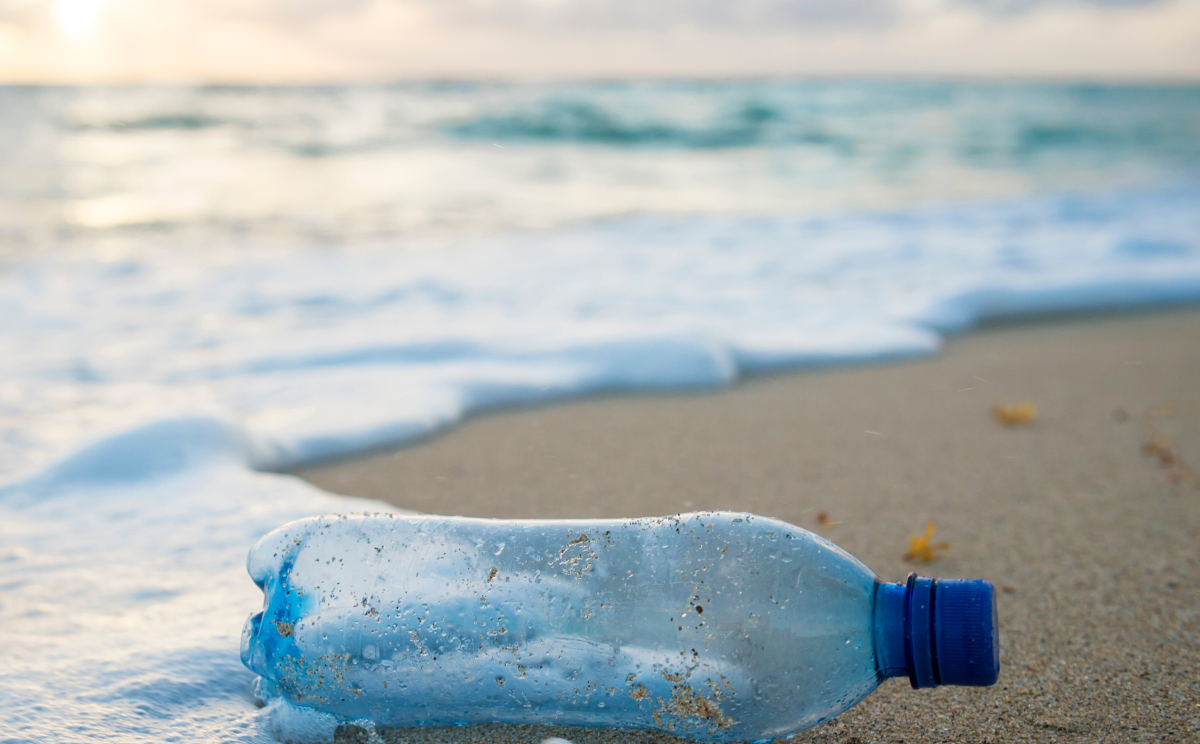Support strong Canadian climate journalism for 2025
Since the Canadian Environmental Protection Act was amended in 1999, chemicals have become an even bigger part of our daily lives and our economy. In that time, our understanding of the risks associated with some chemicals has also grown as more scientific information has become available.
We interact with some chemicals and pollutants every day, and exposure to them can disproportionately harm at-risk and marginalized populations the most. This includes Canadians who may be at greater risk of exposure or more susceptible to the effects of chemicals, such as pregnant women, children and the elderly, as well as Indigenous and non-Indigenous communities close to major sources of pollution.
Every Canadian should be able to live their lives free from the effects of harmful chemicals and pollutants. Many countries around the world have defined this as a “right to a healthy environment” and there is a growing consensus here in Canada that we, too, must act.
The Canadian Environmental Protection Act, 1999 (CEPA) is Canada’s cornerstone environmental protection legislation used by the government to prevent pollution and protect human and environmental health. The law sets out rules for identifying, regulating, and managing toxic substances. CEPA reduces air pollution from industry and vehicles, and harmful single-use plastics.
CEPA was also critical in our efforts to ban microbeads from our toiletry products and keep these dangerous plastic particles out of our water — making Canada one of the first countries in the world to do so.
Using CEPA, we were also able to prohibit the import, use, sale and export of life-threatening asbestos.
More broadly, CEPA also made it possible for us to protect the health and safety of Canadians and the environment by reducing our exposure to many chemicals that we cannot see, and that most of us cannot pronounce.
CEPA 1999 required the government to screen the nearly 23,000 chemicals in commerce in Canada, identifying those of concern and implementing control actions accordingly. That effort is nearly complete.
We need a new environmental protection law for a new century, and there have been many substantive recommendations from Canadians, environmental groups, industry and parliamentarians. Now is the time to get the job done.
That’s why we’ve introduced new legislation to strengthen and modernize CEPA. The proposed new bill would provide:
- Tougher rules for managing chemicals to better protect Canadians and our environment;
- More protection for the most vulnerable, such as children, as well as people in communities with higher levels of pollution;
- Tougher rules for chemicals that are long-lived and cause harm to reduce environmental impacts;
- And enshrine the right to a healthy environment for Canadians, which sets the stage for evolving, stronger standards now and in the future, in line with advances in scientific evidence.
In addition, we will bring in mandatory product labelling to identify contents that may cause harm, starting with products we all interact with frequently — cosmetics, household cleaning products and flame retardants in upholstery.
Just as science has compelled and guided action on climate change and COVID-19, so, too, does science guide our actions on pollution. And the right to a healthy environment provides Canadians with an assurance that governments will continue to respond to the evolving scientific evidence about environmental toxins.
It is clear that Canadians want to see stronger actions that protect their health, their environment and the lakes, rivers, lands and forests that they love. We committed to modernizing CEPA in the 2019 election, and we remain fully committed to delivering on that promise.
In December 2020, our government announced its strengthened climate plan for a healthy environment and economy.
A modernized CEPA builds on this important work and the successes of the past to better protect Canadians’ health and environment now and into the future. It will provide certainty for industry and deliver a legacy of better health and a cleaner environment for future generations.
Jonathan Wilkinson is Canada’s minister of environment and climate change and has served as the member of Parliament for North Vancouver since 2015.







Comments